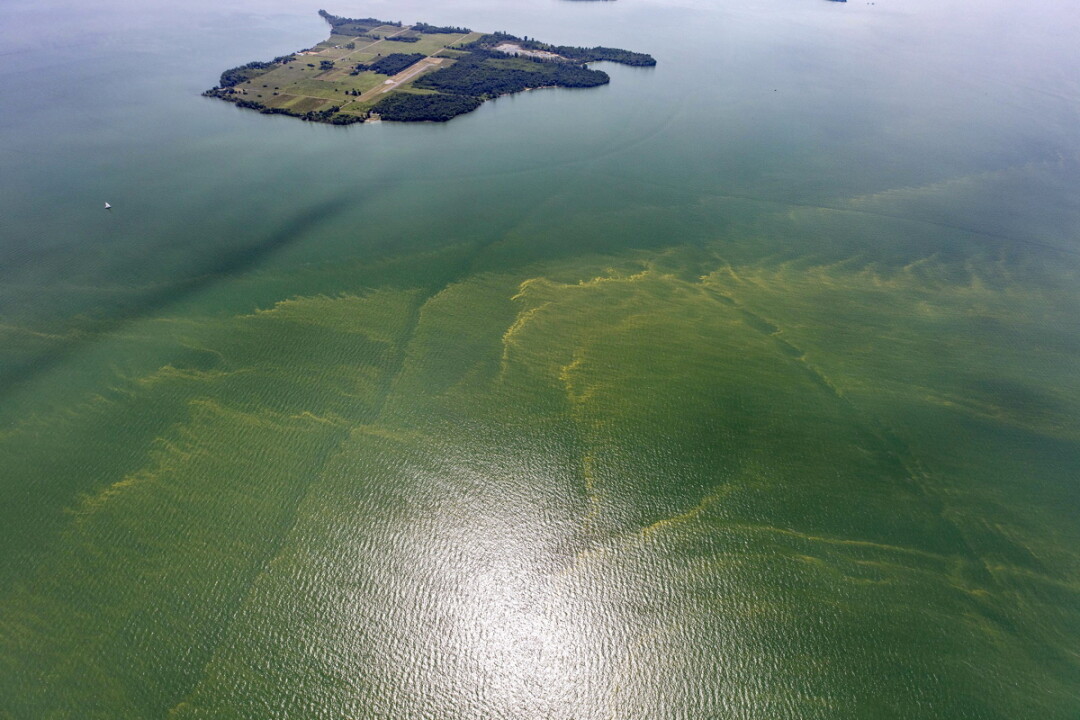Can a Lake Have Rights?
Voters in Toledo say it can. What does this mean for our waterways?

Four years after the water supply for 500,000 people in Toledo, Ohio, was reported as toxic and unsafe for drinking in 2014, a small community group decided enough was enough. Fighting for rights for a clean and healthy environment, they called for a special election. On Feb. 26, 2019, citizens of Toledo voted that Lake Erie should be granted personhood and have a recognized “bill of rights” as an ecosystem. Although fewer than 10% of registered voters showed up to cast their ballot, the measure was passed with flying colors (61% to 39%), and set a new precedent for U.S. law. Although this is the first natural resource to be granted rights here in the United States, Lake Erie joins The Te Urewera forest and Whanganui River in New Zealand, The Colombian Amazon, The Páramo de Pisba (Colombia), and The Ganges and Yamuna rivers in India as ecosystems with recognized legal rights.
As written in the bill, passing this piece of legislation “establishes irrevocable rights for the Lake Erie Ecosystem to exist, flourish and naturally evolve, a right to a healthy environment for the residents of Toledo."
Lake Erie has long been a victim of major pollution. In the 1960s, it was common practice for industries to dump sewage and chemicals into the Cuyahoga River, which leads into the lake, causing fires, dead fish lined up on the shore, and the nationwide nickname “Dead Lake Erie.” These incidents caused public outrage, and in 1972 the Clean Water Act and the Great Lakes Water Quality Agreement were enacted, reducing but not eliminating the harmful runoff making its way into the water source.
Lake Erie is susceptible to algae blooms, caused by agricultural phosphorus runoff (fertilizer and manure). Lake Erie’s deepest point is at 210 feet and it is warmest great lake, giving bacteria a place to grow, thrive and spread. These irregular nutrient and chemical pollutants cause the lake to be prone to dead zones, where a depletion of oxygen results in the death of species inhabiting the area. These are some of the main issues prompting environmental action in Toledo.
Local and nonlocal environmental groups had been advocating for the preservation of the lake for decades when the water crisis in 2014 occurred. This was the tipping point for many citizens who knew that time was running out to protect their water. As written in the bill, passing this piece of legislation “establishes irrevocable rights for the Lake Erie Ecosystem to exist, flourish and naturally evolve, a right to a healthy environment for the residents of Toledo.” Multiple environmental groups (including the Community Environmental Legal Defense Fund and Toledoans for Safe Water) behind the bill knew that not all would be in favor of this reaching the courts. The passing of the bill was immediately met with backlash. On Feb. 27, the day after the amendment was passed, Drewes Farm Partnership filed a lawsuit claiming the ballot was unconstitutional and unlawful.
However, the real possibility of citizens being able to find individuals, businesses, and corporations unlawful in accordance with the Lake Erie Bill of Rights is uncertain. In May, Ohio passed a 3,000-page state budget. Within the budget is a short paragraph that states: “Nature or any ecosystem does not have standing to participate in or bring an action in any court of common pleas.” An 11th-hour amendment, this specific language is leaving many wondering what can legally be done on behalf of the lake.






















